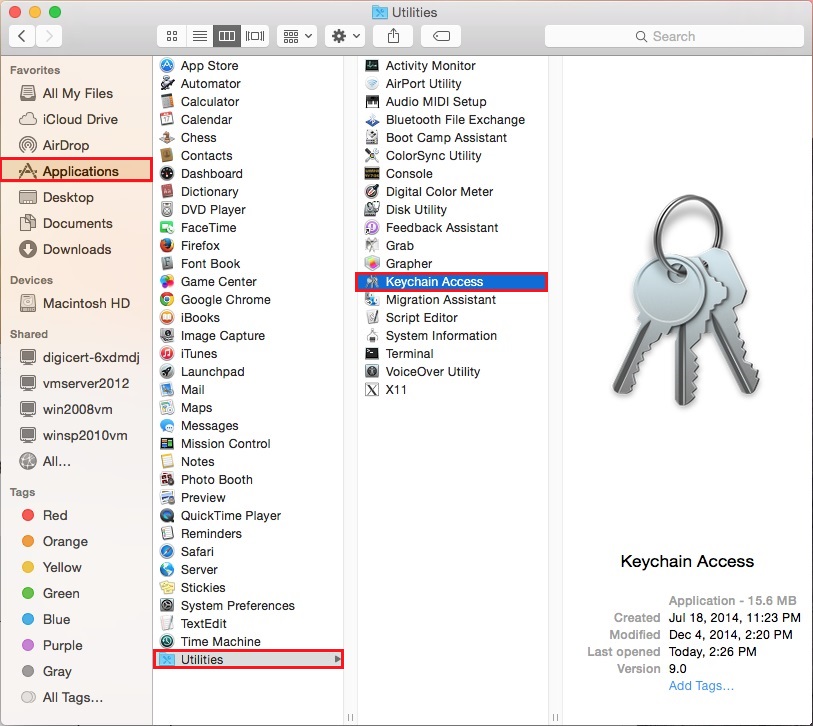
Items marked with hash lines are Tentative. If the event is not assigned a color category, the day shading uses the calendar color. Looking to do some more reading on Office 365?Ĭatch up on my past articles here: Joe Palarchio.All Day events marked as Busy highlight the day with the category color. Leave a comment below or follow me on Twitter ( for additional posts and information on Office 365.

In all situations, the above options are better when it comes to trying to schedule a meeting with more than one external person. With varied levels of complexity and functionality, there are several options to assist with scheduling meetings with external parties. Once the external attendees have voted, the meeting is automatically scheduled.

The external attendees receive an email explaining FindTime and a link that allows them to mark a particular slot as “preferred” as well as acceptable or unacceptable. When sending the meeting request, you pick the duration and some prospective time slots after selecting the time slots, they are all marked as “tentative” in your own calendar. The ICS method does not seem to have this same issue.Įarlier this month, the Microsoft Garage released an interesting Outlook Add-In called “ Microsoft FindTime“.Īvailable to Office 365 users, the application allows you to send invite requests from Outlook to external parties (they do not need to be on Office 365) and the attendees can “vote” on the meeting time. So parties outside of your time zone will need to do the conversion manually which can at times become a headache. I’m in the EST time zone and the URL that I provide to others has all the calendar entries in EST. Note: While this is the option I most commonly use, it seems to have a small nuance you should be aware of. Additionally, they would have to address the target user via the appropriate platform as the free/busy requests are not transitive. Depending on the permissions allowed, you’ll see just the external attendee’s free/busy information or more if allowed.įor organizations configured in hybrid mode, this option can be a bit difficult unless you have GAL synchronization in place as the external party would need an organization relationship configured for both your on-premises environment and Office 365 tenant. From there, you can schedule the external party just like anyone internal. In a matter of a few minutes, your IT staff can create an organization relationship create an organization relationship between your organization and the external party. Going back to Exchange 2010, we have had the option to use the “Microsoft Federation Gateway” and “Organization Relationships”. This is most suitable in situations where you have a long-standing relationship with the other attendees and provides for the most similar experience to scheduling time with internal employees. This first option will require involvement of both your IT staff and the external parties the other options will be more suitable for more ad-hoc meetings. Perhaps one of the poorly communicated aspects of Microsoft Exchange / Office 365 is how much easier you can make scheduling meetings with attendees from outside your organization.īelow are three options (including one new one) that can help eliminate the “what times work for you” conversations… This is everyone, I see it with clients, with our own company, even when scheduling meetings with Microsoft employees. While there are several options available to make scheduling meetings easier, we almost always fail back to the default “what times work for you” conversations.

When it come to scheduling meetings with external parties, it seems like we fail to leverage technology more times than not.


 0 kommentar(er)
0 kommentar(er)
